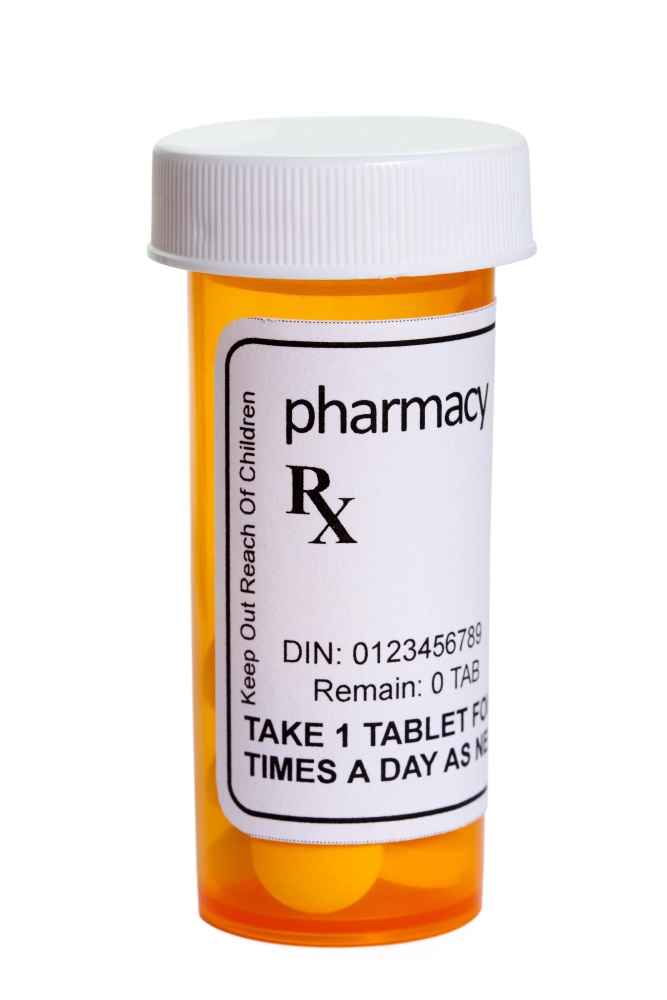We’ve all been there: That moment when we call our doctor on the phone and we have to explain to them what’s wrong, what medicines we are on at which times, etc. To be quite honest, it is an awkward moment for both parties; not many patients are disciplined enough to learn and understand their treatment as they should, and when patients start hesitating on the phone, doctors have to guess what the patient is talking about. This could lead to wrong medical decisions, and, on the other hand, not calling a doctor could also lead to self-medication, which is just as bad as the scenario presented before.

Because of this, researchers from the Department of Health Informatics from the Hospital Italiano de Buenos Aires, Argentina have developed a telepharmacy system based on mobile Augmented Reality that is capable of recognizing letters and patterns from the different prescriptions, and in theory forward them to an online medical file reachable for the healthcare team of the patient. This technology was adjusted for patients with an iOS smartphone, but could easily be applied to wearable Augmented Reality devices. Basically, this app captures an image, and a graphical engine named Tesseract recognizes characters and translates them into text. Then, it would have to take a segmentation process to be translated to the AR medium and compare it in real-time to a world pharmacy database that would give us the result instantly.

But what impact could this have on medicine? If you’re looking at it from one side to another, you could have pharmacies dispatch medicine based on the digital imprint delivered online by the physician and only recognized through sensors used by the pharmacists allowing them to dispatch it. You could also have the patient, who would use an AR wearable device scan the label of the product and inform the physician that they acquired the correct prescription. Of course, there are those patients that have to take their prescription medication permanently; high-blood pressure, diabetes, autoimmune diseases, and pain management all require constant prescription orders, and this application is an alternative to optimize this process!

Avoiding prescription disasters, encouraging adherence, allowing patients to be sure of the medication they are taking, and eliminating self-medication are all great reasons for use of this application. There are even smart pill bottles that could be aligned with this technology to get a follow up and report of the patient usage of the drug from the moment they step in the pharmacy to acquire it, ensuring the patient takes the correct amount during the entirety of the treatment. This is making medicine better and improving conditions for the patients and the physicians. This can also guarantee a safe treatment for the patient and a good night’s sleep for the physician knowing that everything is going alright.
Can you recall a situation in which you needed something like this? Let us know in the comments section!








